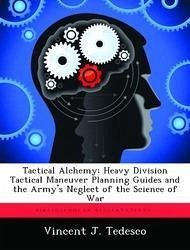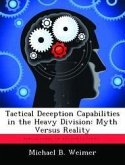In the wake of the Cold War, the U.S. Army increasingly finds its institutional focus shifting away from preparing for sustained mechanized land combat. This trend serves the Army's immediate operational needs and addresses its perceived need to demonstrate relevancy, but it also raises an important question. How can the Army preserve for future use its hard won expertise in combined arms mechanized warfare? The art of these operations is well documented in doctrine, tactics, techniques, and procedures, but the science of time, space, and combat power in heavy division operations is not. In effect, the Army is already lapsing into what J.F.C. Fuller described as "military alchemy," denying the science of war in favor of theorizing on its art. The generation of officers raised during the Cold War and tested in battle in the Gulf is fading away taking with it the Army's practical expertise in the physics of combined arms mechanized warfare. This knowledge is largely unrecorded in doctrine and has long been absent from the core course tactics instruction at the Command and General Staff College. If the Army is to preserve its institutional expertise in mechanized warfare, it must undertake to document, analyze, and codify this missing science. Failure to do so would place the Army at risk of being dangerously unprepared for the challenges posed by close combat with peer and near-peer competitors in the new century.
Bitte wählen Sie Ihr Anliegen aus.
Rechnungen
Retourenschein anfordern
Bestellstatus
Storno









